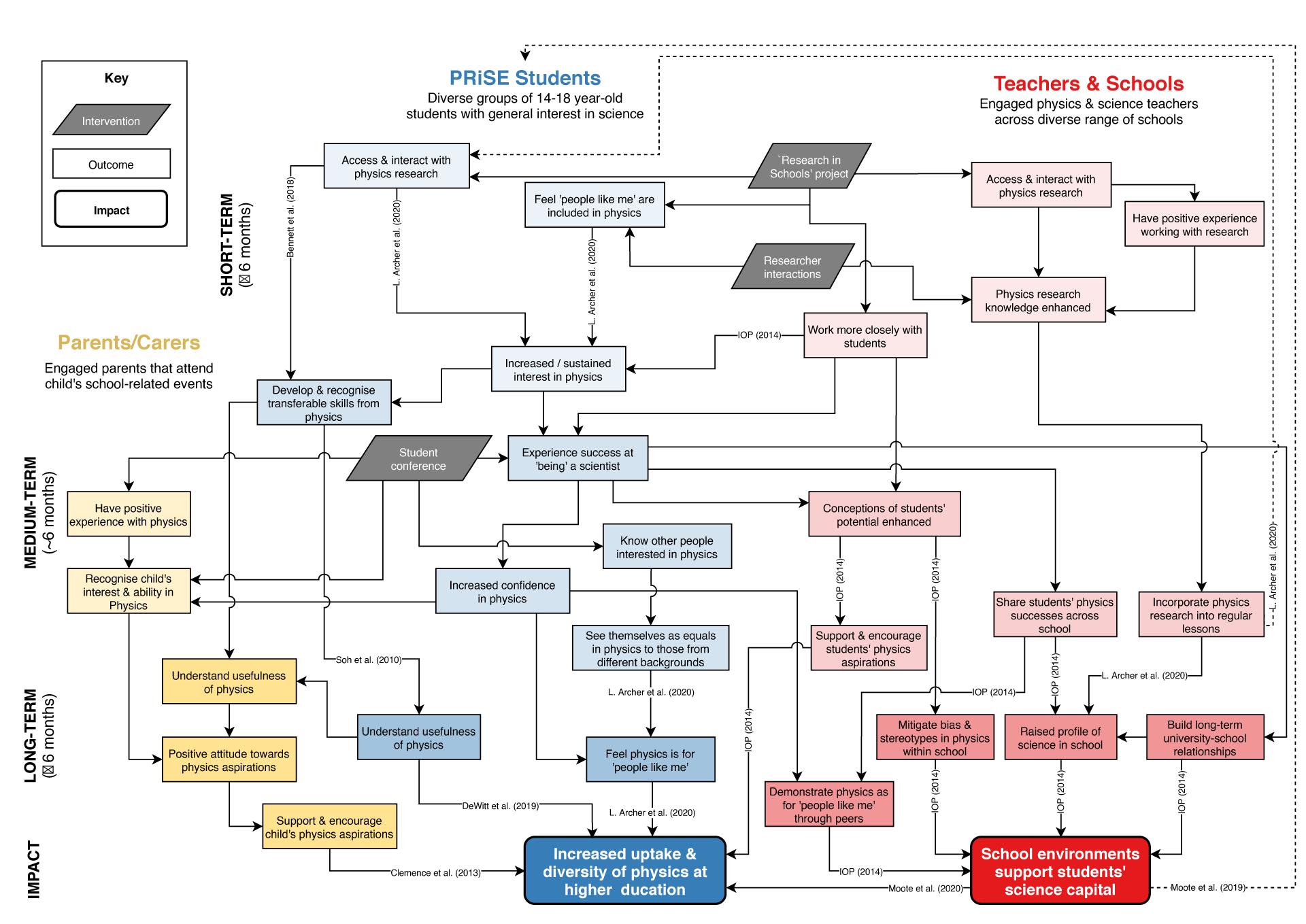In my previous blog, I highlighted that public engagement needs to go beyond traditional approaches such as lectures, since these tend to only attract audiences who are already highly interested in science. However, our science is relevant to (and funded by) everyone, so we have a duty to engage beyond simply this “scientific echo chamber”. But how do you even approach attempting this? It seems like a very daunting task, but I’ll try and break down some introductory steps that should set you on your way.
The first hurdle is to recognise that there is no “general public” to engage. We all have a variety of different backgrounds, interests, and pressures. These will necessarily influence whether an engagement opportunity seems like it’s for “people like me” – a concept which has been raised when considering the factors behind children’s future aspirations, but is also highly applicable in this context too. Therefore, every choice you make about developing an engagement idea will enable some to participate but serve as a barrier to others… and that is absolutely alright, so long as you have thought about it.
One simple approach to prompt such reflection is to consider the ‘Who? What? Why? Where? When? And How? of engagement’. This attempts to break down some of the strategic and practical considerations you need to make before you can really start to develop an idea into a project (or grant application). Remembering that, according to the UK’s National Coordinating Centre for Public Engagement, “engagement is by definition a two-way process, involving interaction and listening, with the goal of generating mutual benefit” we need to consider not only our target audiences but also ourselves.
Here I’ve mocked up a table breaking down these considerations for my SSFX (Space Sound Effects) Short Film Festival project that I described earlier.
| Me | Them | |
|---|---|---|
| Who? | Space Physicist Audio/Film Interests |
Indie Filmmakers Film-goers |
| What? | “Sound in Space” Strange Audio |
Sound Effects Film |
| Why? | Atypical Non-Science Audiences | Creative Challenge Built-in Audience |
| Where? | Film Submission Sites Meetups |
Film Submission Sites Film Festival |
| When? | 3 months setup 1 month event prep |
6 months open call |
| How? | External Partners | Existing Networks |
I often approach engagement projects by thinking about my own interests outside of science, because we are all more than just scientists and no-one likes to be pandered to, so finding a genuine connection can really help. Through brainstorming around this starting point, you can get the ball rolling with the Who? What? and Why? rows – the strategic part. The Where? When? and How?, the practical part, may take more time, doing a bit of market research, and ideally reaching out to and forming partnerships with non-scientists.
These partnerships really are key though to accessing and understanding your non-traditional target audience. But they also mean you need to be willing to listen and give up control in areas, more so than you might usually. So go in with an open mind.
This exercise is something I’ve tried with other researchers in workshops and it has resulted in some awesome engagement ideas. One that sticks in my mind is an auroral assault course, I really hope that came into fruition!
If you want to dig in even deeper with planning your engagement idea after filling out this table, there are a number of helpful techniques – many of which funders may require you to outline in proposals. Logic models prompt you to plan what the intended inputs, activities, outputs, outcomes, and impact of your project are – have a look at this template. For more in-depth ideas or to contribute to a larger programme or set of aims, a theory of change approach may be helpful. These rationalise the intended outcomes and impacts of an initiative by outlining causal links, based on existing evidence, working backwords from the ultimate impact to outline all the necessary steps along the way will be required in order to achieve this. If you do opt for this approach though, I’d recommend you look up several examples (below is an example for a programme of research projects for schools I devised called PRiSE) and attempt it as a group.

An example Theory of Change diagram for a programme of research projects for schools I devised called PRiSE.
Hopefully this has given some helpful pointers on how to even approach more unconventional forms of public engagement.
